
Our group is developing new probes of quantum matter using coherent X-ray beams, which have undergone a revolution in the past decade. More than 50 years after the demonstration of the visible laser, it is finally possible to generate laser-like beams spanning the deep-UV, extreme ultraviolet (EUV) and soft X-ray regions of the spectrum by harnessing high harmonic upconversion of femtosecond lasers. Moreover, by combining phase matching techniques and selection rules, we can achieve exquisite “quantum” control over x-ray light. It is now possible to produce short wavelength waveforms with controlled spectral and temporal shapes, polarization state, and phase structure. Exciting recent advances also include the first sub-wavelength imaging at short wavelengths, the ability to directly manipulate spins in materials using light, the first methods to measure the full mechanical properties of ultrathin films and nanostructured media, uncovering new regimes of nanoscale heat flow, as well as routes for mapping new states and phases in quantum materials. Ultrafast coherent EUV and x-ray beams are thus becoming indispensable tools in the race to develop new nanoscale and quantum devices.
We welcome trainees from physics, materials science, engineering and chemistry to work together to solve grand-challenge scientific problems that are also at the technological forefront. Trainees from our group go on to positions in academe, industry and national laboratories.


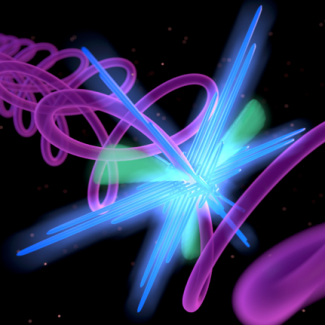

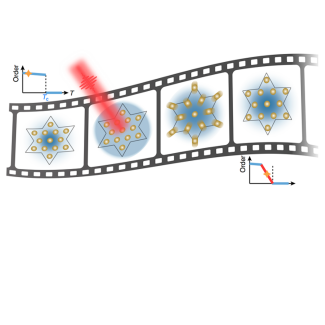
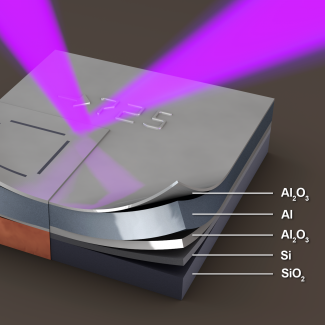

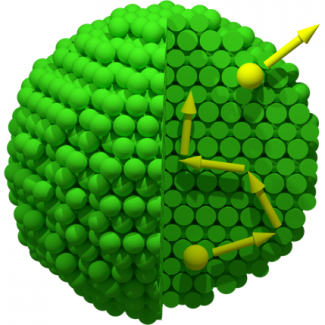
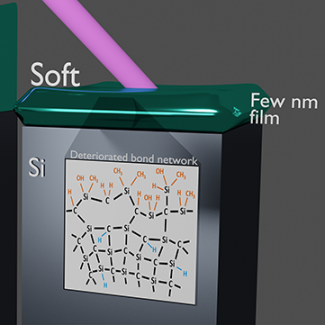

 The Physics Frontiers Centers (PFC) program supports university-based centers and institutes where the collective efforts of a larger group of individuals can enable transformational advances in the most promising research areas. The program is designed to foster major breakthroughs at the intellectual frontiers of physics by providing needed resources such as combinations of talents, skills, disciplines, and/or specialized infrastructure, not usually available to individual investigators or small groups, in an environment in which the collective efforts of the larger group can be shown to be seminal to promoting significant progress in the science and the education of students. PFCs also include creative, substantive activities aimed at enhancing education, broadening participation of traditionally underrepresented groups, and outreach to the scientific community and general public.
The Physics Frontiers Centers (PFC) program supports university-based centers and institutes where the collective efforts of a larger group of individuals can enable transformational advances in the most promising research areas. The program is designed to foster major breakthroughs at the intellectual frontiers of physics by providing needed resources such as combinations of talents, skills, disciplines, and/or specialized infrastructure, not usually available to individual investigators or small groups, in an environment in which the collective efforts of the larger group can be shown to be seminal to promoting significant progress in the science and the education of students. PFCs also include creative, substantive activities aimed at enhancing education, broadening participation of traditionally underrepresented groups, and outreach to the scientific community and general public.